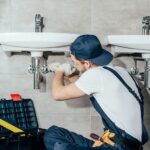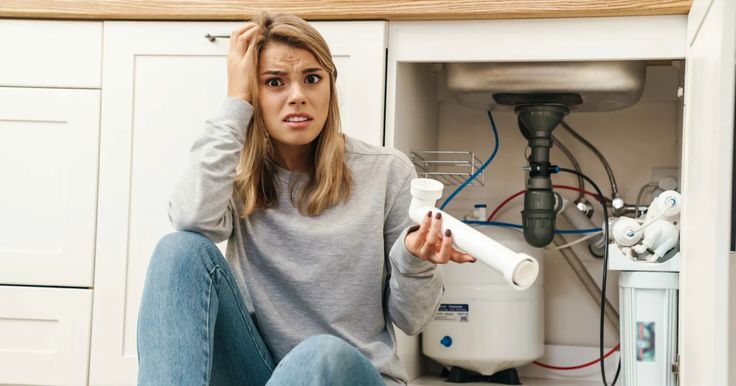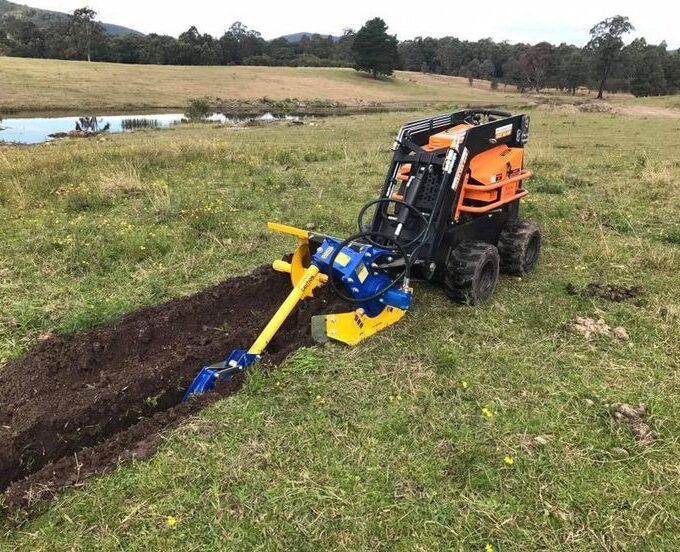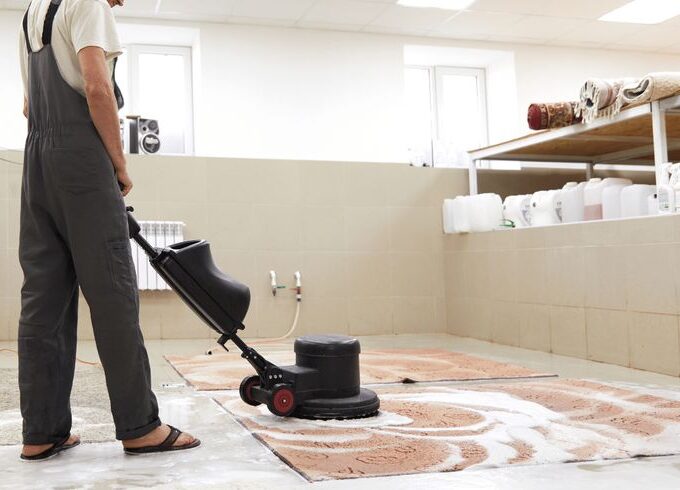Owning a home poses some couple of challenges, and one of the top challenges is to do with plumbing. Leaky faucets and clogged drains are also possible, and they can be performative and result in the occurrence of bigger difficulties in no time when ignored. The good news is that you are not necessarily supposed to call in an expensive plumber. There are also loads of handyman plumbing tasks that you can carry out yourself with a little knowledge and an assortment of some useful equipment.
Taking the DIY fix would also save you your money unlike calling in professionals and you can feel so good having been able to solve the problem. It is like facing those annoying plumbing headaches. Sure, it is a good plus to know how to fix minor inconveniences and also avoid the big avalanches but the truth is that when it comes to essential repairs, every home owner can only benefit. So come on and learn ten basic DIY plumbing repairs that you must know so that you can take charge of the plumbing system in your house!
Items/ Supplies You Will Require
If you do all kinds of DIY plumbing jobs that you can, it is imperative that you use the proper tools. Some few essentials will also make your job a lot easier.
Begin with a decent package of wrenches. The adjustable wrenches have universal application to nuts and bolts. A pipe wrench is suitable in holding round objects such as pipes.
There will be the use of screwdrivers too, both the flatheads and the Phillips head ones, to loosen up or tighten fittings. Heavy duty plunger is also important in cleaning clogged drains.
And you should not forget the sealant tape, which would stop leaks in threaded connections. It is a cheap but necessary item to stock up.
Buy a bucket so that you can collect any pools of repairs. Storing such tools and supplies will also help save you time in sorting them out should a plumbing incident occur at your home.
Typical Plumbing Problems and their solutions
DIY plumbing works you can do include fixing leaky faucets, unclogging drains, and replacing shower heads. These simple tasks require basic tools and a little patience, helping you save time and money on minor household repairs.
As a homeowner, one is likely to experience plumbing problems which might be irritating yet one can easily solve them with a bit of knowledge.
One of the most common problems is blocked drains. Most of the time, this can be solved with a plunger or a drain snake. In case those fail, think of a mixture of baking soda and vinegar as a more natural alternative.
Leaky faucets could be insignificant, yet they can lose water as time passes. It usually works out by simply changing old washers or O-rings. It saves you money on your water bill and it is a simple fix.
The running toilets are also irritating and are also inefficient. See that the flapper valve thingy is working, and should it not be sealing well, many times it can be replaced easily and cheaply.
The low pressure in the water could be due to the mineral deposits in the aerators or showerheads. The removal and cleaning will restore flow quite easily and with little bother. The following are some of the easy DIY plumbing projects that you can undertake in order to ensure that your home is running in full capacity as well as saving you time and money.
Clogged Drains
Blocked socks are one of the major pains of home owners. It is possible that hair, soap residue and food particles may build up over a period resulting in stagnant drains or total blockages.
First, employ a plunger. This may cause the blockage to be removed by a few aggressive pumps. Make sure that the sink or the tub is up to the mark in water to seal effectively.
When that does not work, make use of a plumber snake. This tool is convenient as it goes deep into the pipes to dislodge blockage by obstinate waste.
The next choice is a DIY drain cleaner. Put baking soda with vinegar; add it to the drain and leave it to sit fizzing up to an estimated 30 minutes then flush with hot water.
Never use strong chemical cleaning material since it will destroy your plumbing system in the long run. Routine checks will ensure that you are not having a problem in the future at the same time ensuring that the drains are in good shape.
Leaky Faucets
Dripping faucets are quite a bother. That constant drip does not only get on your nerves, but it increases your water bill as well.
In order to address it, switch off the water supply first. You would not like to be interrupted by a sudden splash in your working time. The next step is to remove the handle of the faucet by loosening the back or the screw underneath it.
After having access to the inner parts, see whether there are worn-out washers or O-rings. These are usual suspects of leaks. They can be easily replaced with a small cost.
Once you have changed any of the bad components reassemble your faucet keeping the water supply turned off, slowly turn on the water supply. Be on tip-toe to observe anything more drained.
A quick fix as this one can save you money spent on repairs and cleaning up wasted water in the future. And the thrill of figuring out something that has been annoying you by yourself, too, is hard to beat.
Running Toilets
Running toilets is an irritating issue. Not just that, it is irritating as well as consuming a lot of water.
This is done by checking the flapper valve. This is a rubber part that is found in the base of the tank and it governs the flow of water. You might have to replace it, when it is worn or failing to seal.
After that, examine the refill tube. Make sure that it is set at the right position and that it is not in the water. Continuous filling can be caused by the misplacement of a tube.
Another thing you may like to correct is the float ball or rod. When this is made too high, it may cause the continual refilling, every time the tank is flushed.
Get to check the condition of your fill valve to ensure that it is not worn out or damaged. Constant running toilet problem can easily be fixed with a replacement of the older fill valve. These easy-peasy plumbing projects that you can do will save time and money as well as bring peace in the bathroom!
Low Water Pressure
It is a frustrating problem when one is affected by the low water pressure in his or her home. You can even experience a slow-mo effect, as you go about washing dishes or taking a shower. Luckily, this issue is not a lost cause because there is a few simple things you can do to cure it.
Begin with the inspect of your fixtures and faucets to see whether there is aerator build up or some mineral deposits. Removal of the aerator can be easy, simply unscrew the aerator by hand or pliers in case it is stuck. It should be washed carefully so as to eliminate any foreign material, once washed, it should be fixed once again.
In case that is not the case, examine your main shut-off valve. In some cases, these valves are closed halfway hence causing reduced flow in your house. Unscrew it in the counterclockwise direction, until it is fully open and determine whether that will make water pressure come again.
The other possible suspect is the presence of leaks in your plumbing. The small leakages might result in severe pressure losses in the long run. Check under pipes and in case of dampness, repair the system to reduce the loss of normal flow rates in the pipeline.
In cases when there is a low water pressure, there might be sediment equilibrium in old pipes of the water flow. Only in case all other measures have failed, you may have to think about calling a plumber to determine whether there is a need to change the pipes.
Lack of water pressure is one of those DIY works in plumbing that can be addressed very easily with minimum devices and proper effort.















